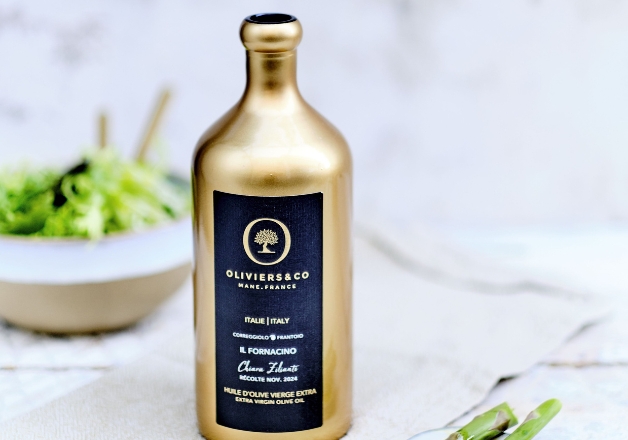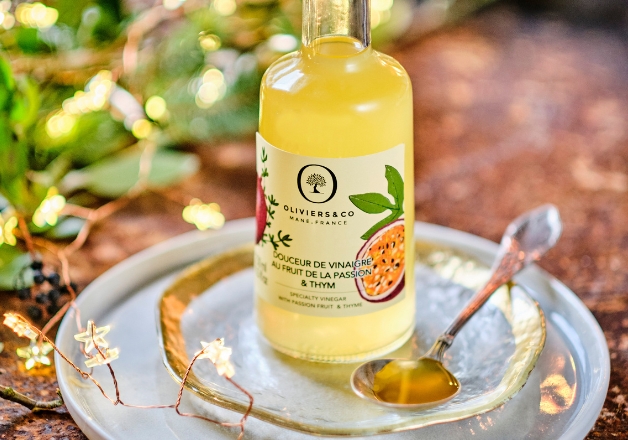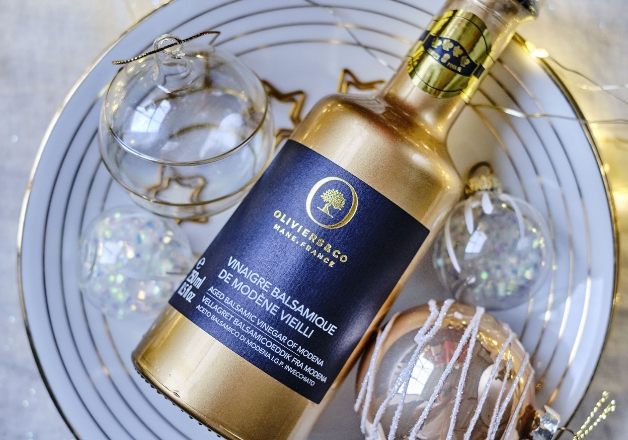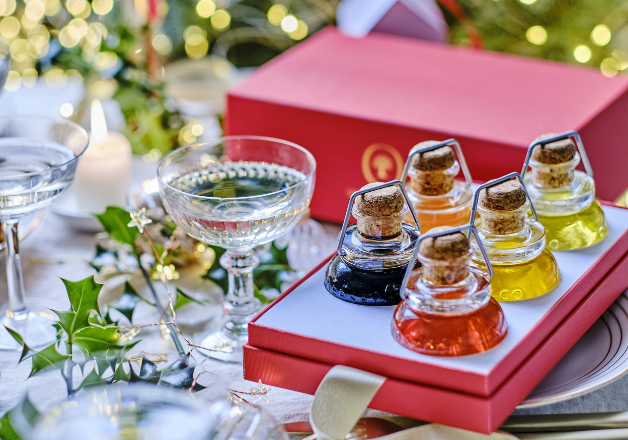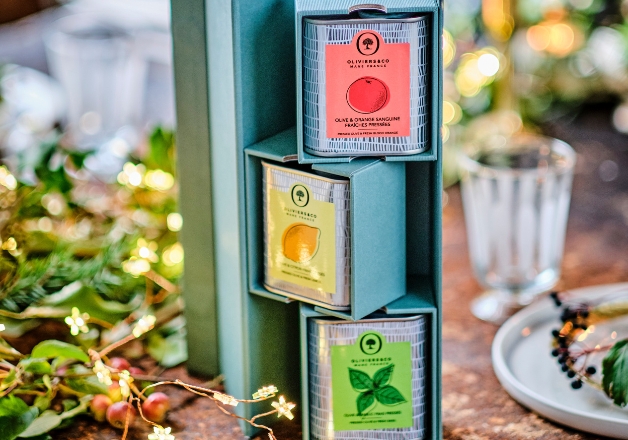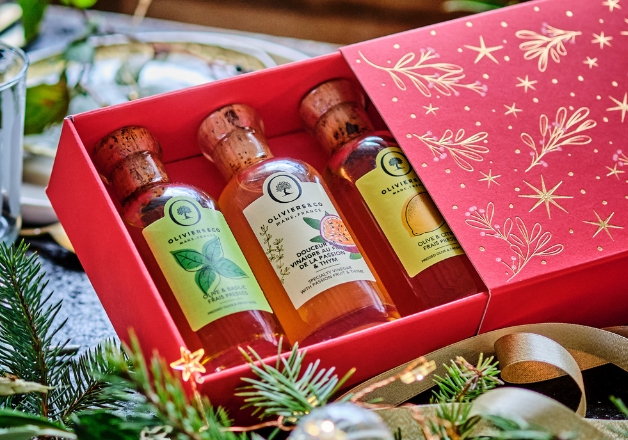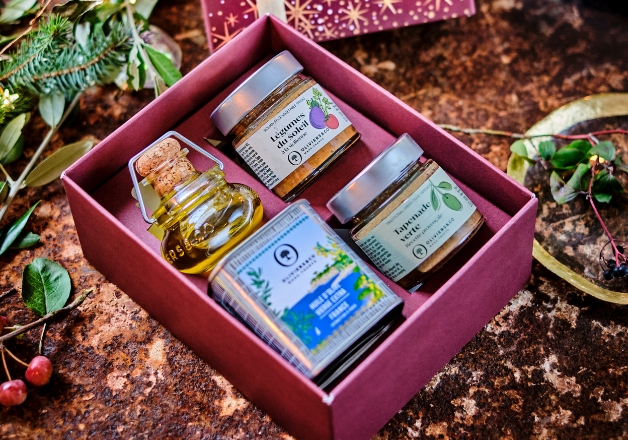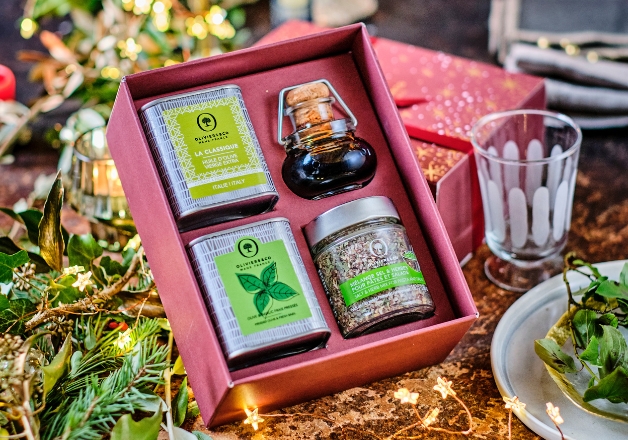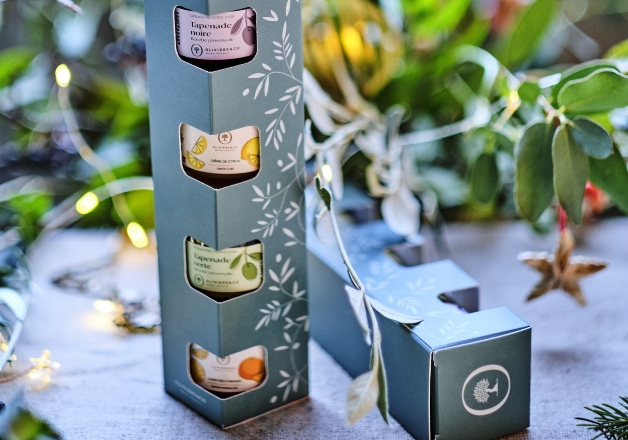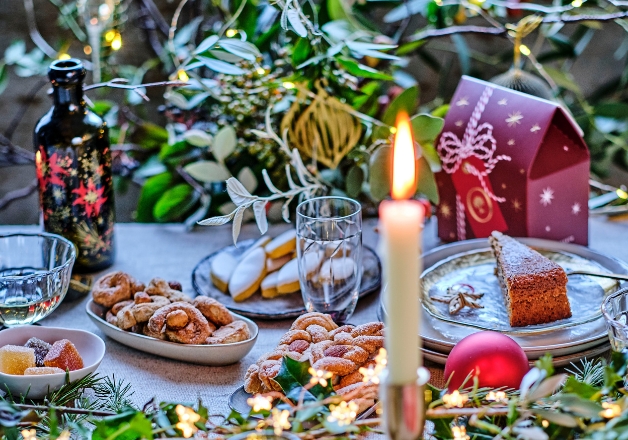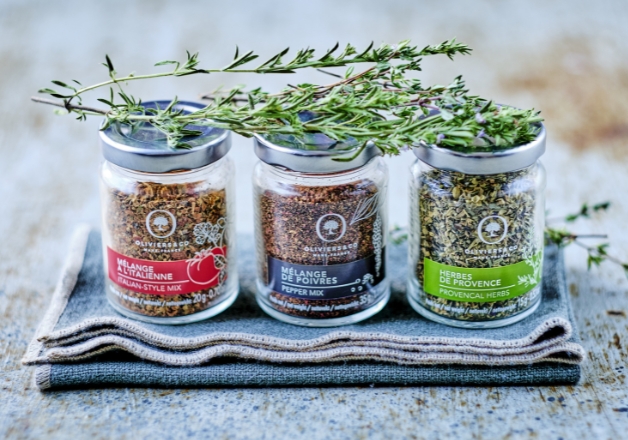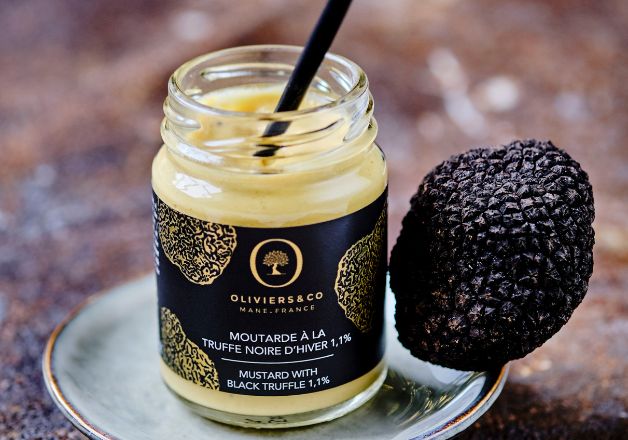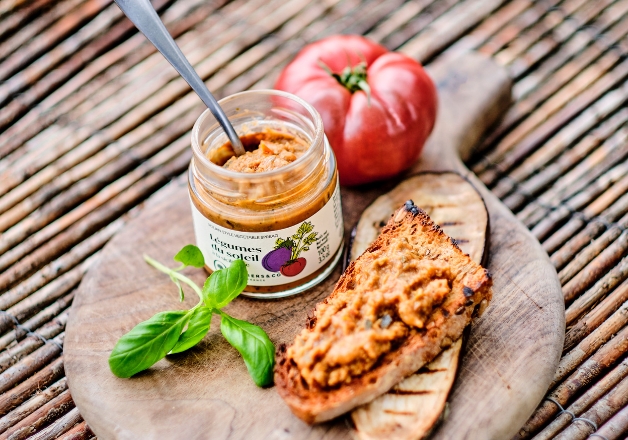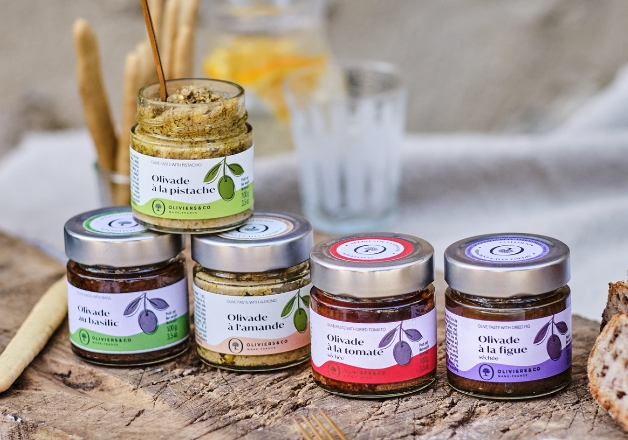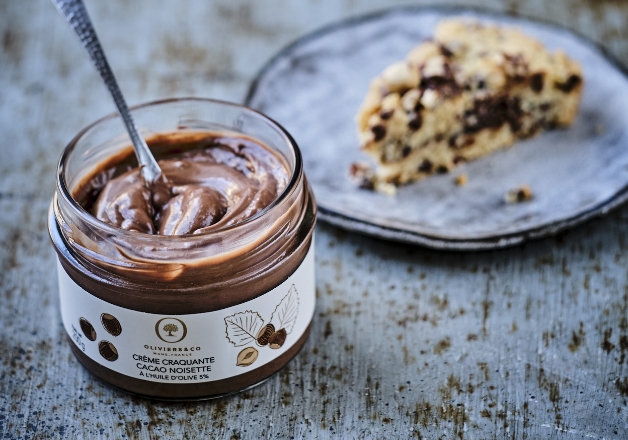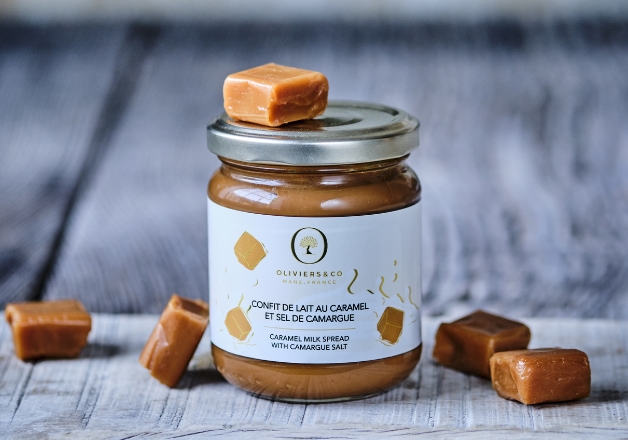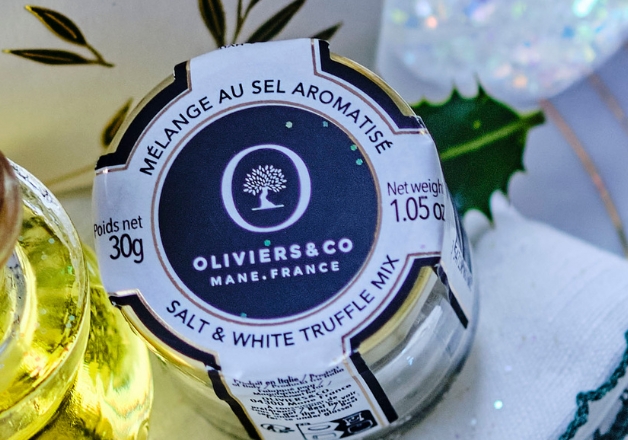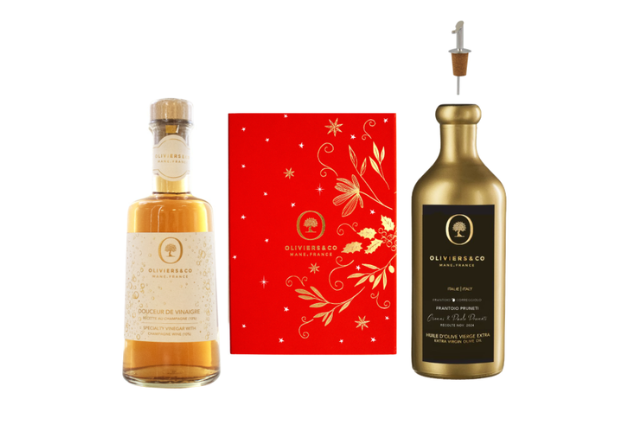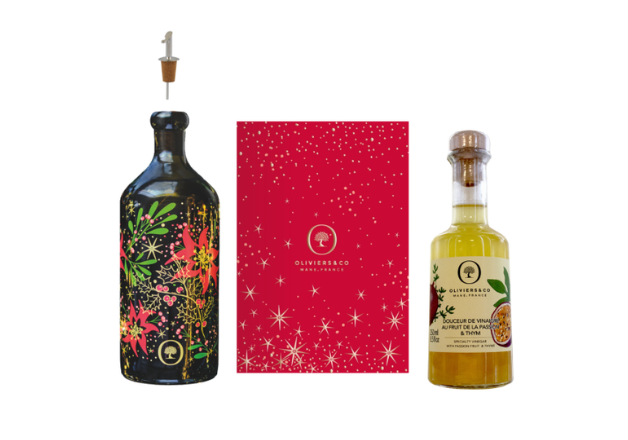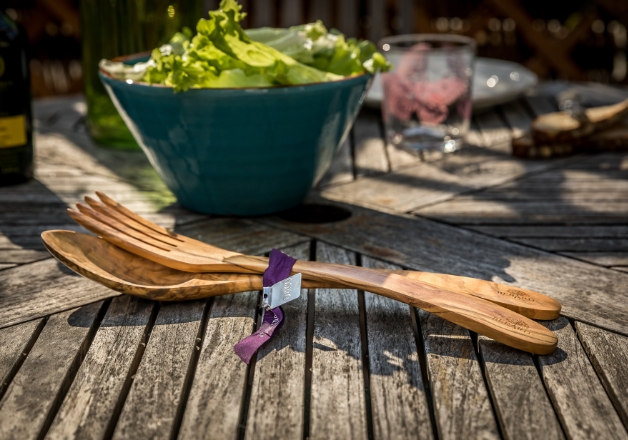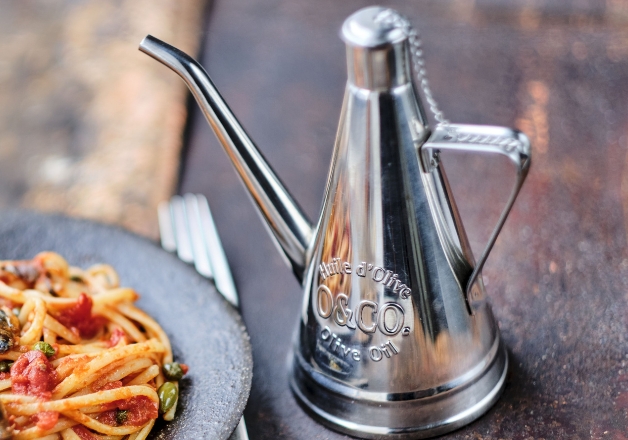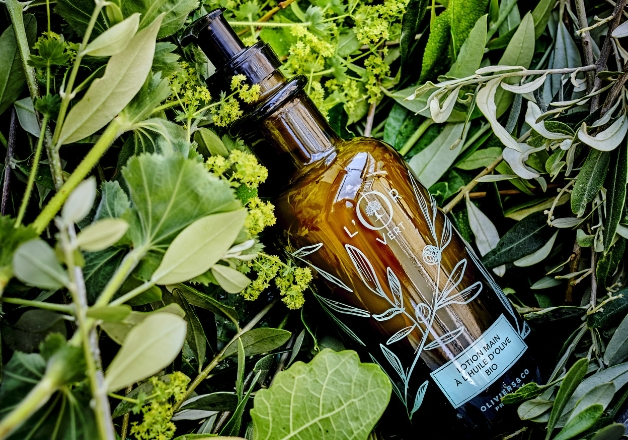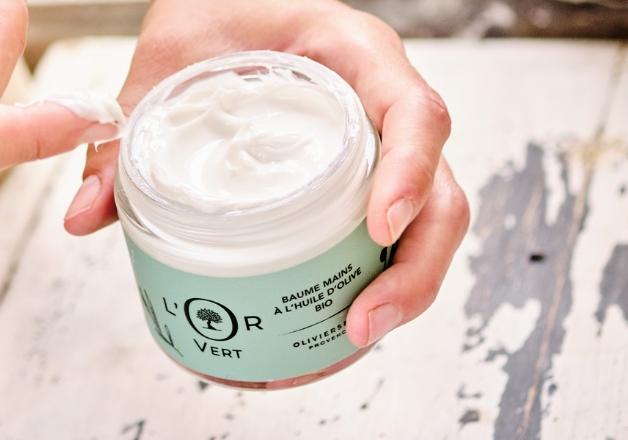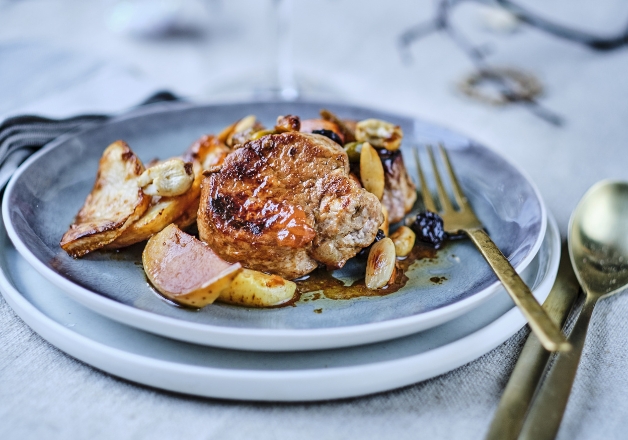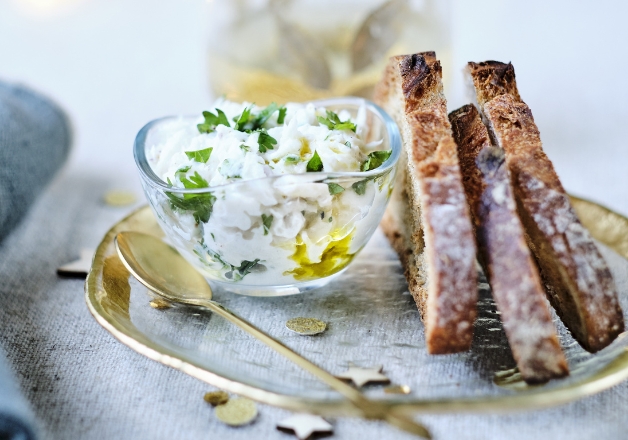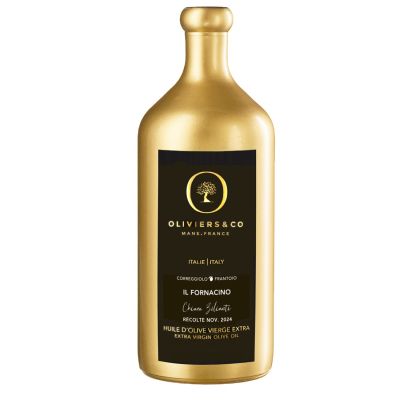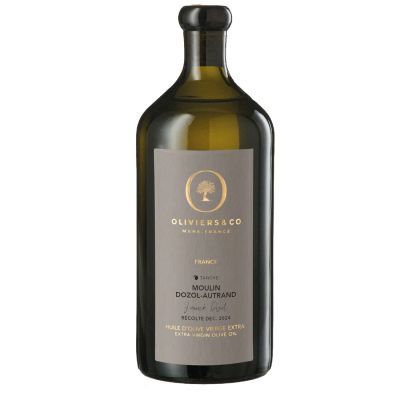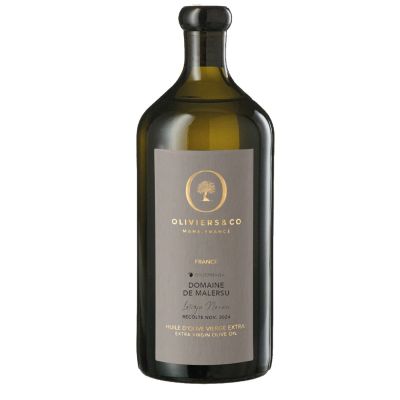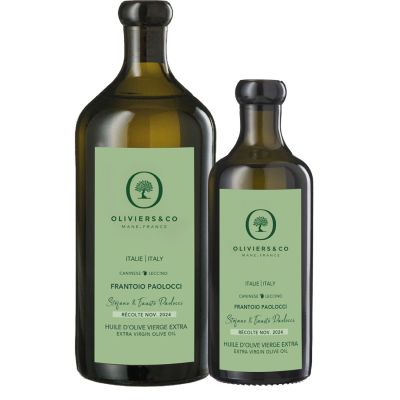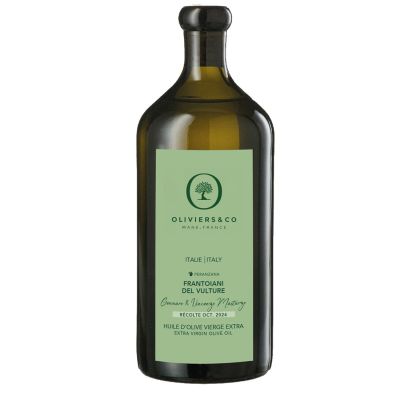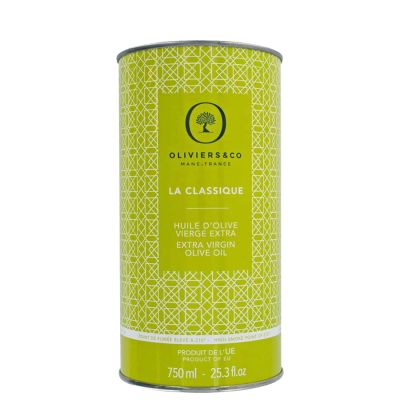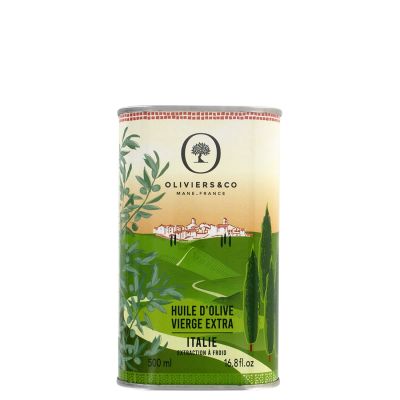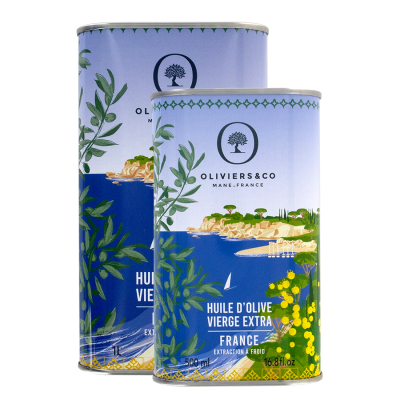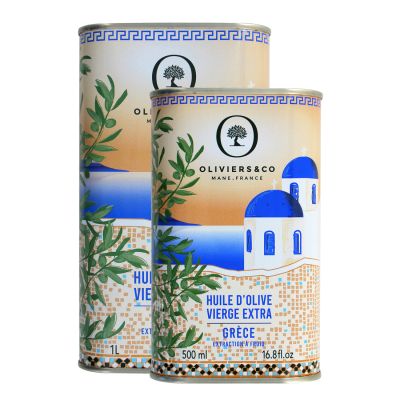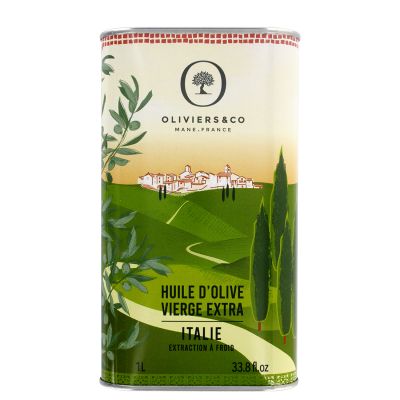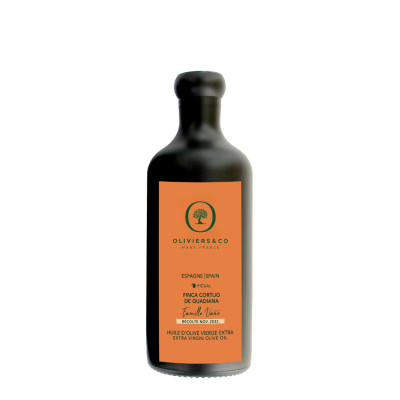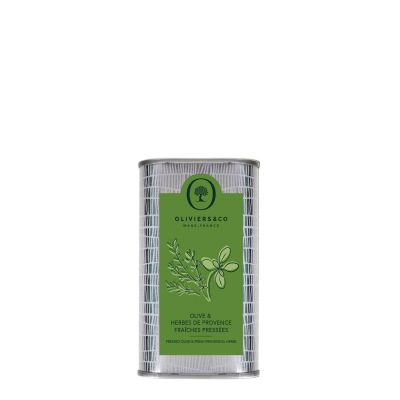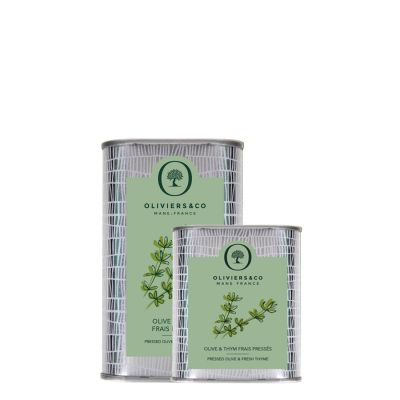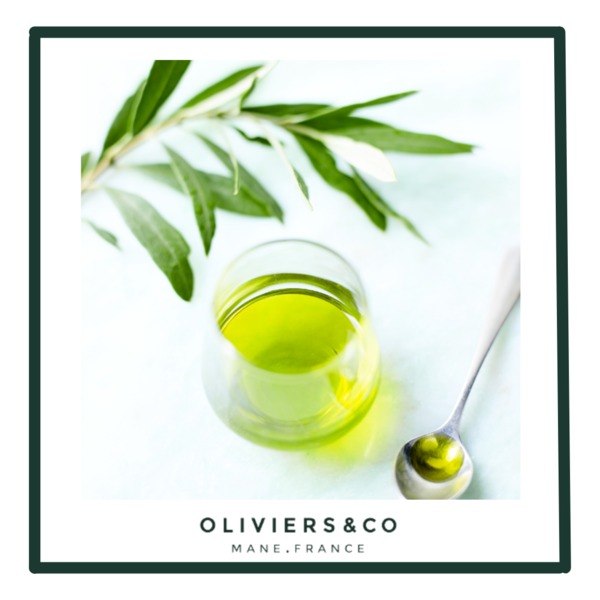

Olive Oil Selection by Oliviers&Co
Each stage of the olive oil production process - from deciding when to harvest the olives to the pressing, bottling and storage of the oil - needs to be conducted under optimal conditions for the resulting oils to be considered for Oliviers&Co’s selection. For example, the trees may bear the perfectly ripened green olives that are then hand harvested, but if the conditions of the press are not hygienic or if the olive “paste” is heated above a certain temperature, the result will be an inferior oil.
To select the best wines, there is no secret: you have to taste them. For olive oil, it is exactly the same thing. You have to use your senses (sight, smell and taste) to perceive the quality of the land and the work of the producer behind each exceptional olive oil. Our producers guarantee the terroir, the olive varieties and a vintage olive oil produced in the purest regional tradition and in sustainable agriculture.
Just as tomatoes, mozzarella and basil taste better in Italy, the elements that impact an olive tree’s: elevation, irrigation, climate, the nature of the soil, and countless others are key ingredients in determining the quantity, the quality and the taste of an olive oil. The saying 'it matters where it comes from' is the holy grail. From one year to the other, from one country to the other, the olive harvest may vary a lot in terms of quality and quantity. This why all our Grands Crus are limited editions and so different one from each other. These limited editions, one of our proof of quality explain why some Grands Crus are quickly out of stock.

The Oliviers&Co laboratory is a temple dedicated to extreme quality control. It is here that each year, Eric Verdier, our oléicologue, and our tasting committee taste 800 - 1,200 samples sent to us by the 250 producers who meet our specifications.
There are 3 primary tests performed as our tasting selection criteria: examination of the oil in a transparent container to check its luminescence and if it is an unblended oil, short inhalations that uncovers faults, tasting... 'the moment of truth' that allows Eric to measure an oil's fluidity, known as the 'capacity to slide on the tongue'. There are also the oil's notes that we believe are dominant 'characteristics' when 'tasting' an olive oil. All the steps are essential because it allows us to refine our definition of organoleptic characteristics: taste, smell and texture. The selected olive oils are submitted to a weekly sensory analysis test in order to follow their evolution and stability over time.
The end result is a pre-selection of oils, each scored on a scale of 200, which are then tested by a small committee. Each harvest and year, only between 20 and 30 batches of olive oil are selected with leading.
HOW ARE OLIVIERS&CO OLIVE OILS SELECTED?
To select the finest wines, there's no secret: you have to taste them. For olive oil, it's the same. You need to use your senses (sight, smell, and taste) to perceive the quality of the terroir and the work of the producer behind each exceptional olive oil.
At Oliviers&Co, we organize a tasting committee. Alexandra Gauquelin, our quality and creation director specializing in sensory analysis, is in charge. For each harvest, we compare notes and assessments from each member. This step is crucial as it allows us to refine our definition of the organoleptic characteristics to ensure the best for you.
A VERY RIGOROUS SELECTION
Every year, between December and February, we receive several dozen samples of freshly harvested olive oil from producers in our Parisian laboratory.
This selection is made according to a strict 200-point specification that considers: the traceability from olive to bottle, the excellence and respect for the producer's traditional production processes, the organoleptic properties of the oil, and a physicochemical analysis provided by certified laboratories.
Among the chemical criteria, we particularly look at three key levels to assess the quality of the oil, its purity, and its potential stability over time: polyphenol levels, acidity levels, and peroxide levels. We explain in a dedicated article what these three levels consist of.
The selected olive oils are then integrated into our collection of vintage grand crus and are regularly subjected to sensory analysis tests to monitor their evolution and stability over time.
Why do we receive and select oils instead of olives? Olives must be pressed at the mill as quickly as possible after harvesting to ensure the freshness and optimal quality of the olive oil.
Why are we not producers? Our mission is to showcase the richness and diversity of Mediterranean olive oils, much like a wine merchant with wine.
WHAT MAKES OUR OLIVE OILS UNIQUE
Demanding selection: Every year, we traverse the Mediterranean to select around a hundred artisanal mills through a very strict specification. Our producers guarantee us the terroir, olive varieties, and vintage olive oil produced in the purest regional tradition and using sustainable agriculture. All oils are scored on a 200-point scale, and only about thirty are chosen each year by our olive oil expert.
Unique traceability from orchard to bottle: We control more than 1200 batches per year, both for sensory and taste compliance and through rigorous physicochemical analysis. All our oils are then bottled in our workshop in Mane, Haute-Provence. Because we want to be transparent with our customers, each label specifies the country of origin, domain and producer name, harvest date, and olive varieties.
Quality and freshness: In our partner mills, olives are handpicked and pressed cold less than 24 hours after harvesting. From 5 to 12 kilos of olives are used to obtain a liter of exceptional oil, and this low yield is a guarantee of quality. Our aromatic oils are obtained by simultaneously pressing olives with citrus fruits, aromatic herbs, or fresh spices, with no added flavorings. Our bottles and cans are opaque to preserve the taste quality of our olive oils.
Discover the stages of olive harvesting and olive oil production here.


